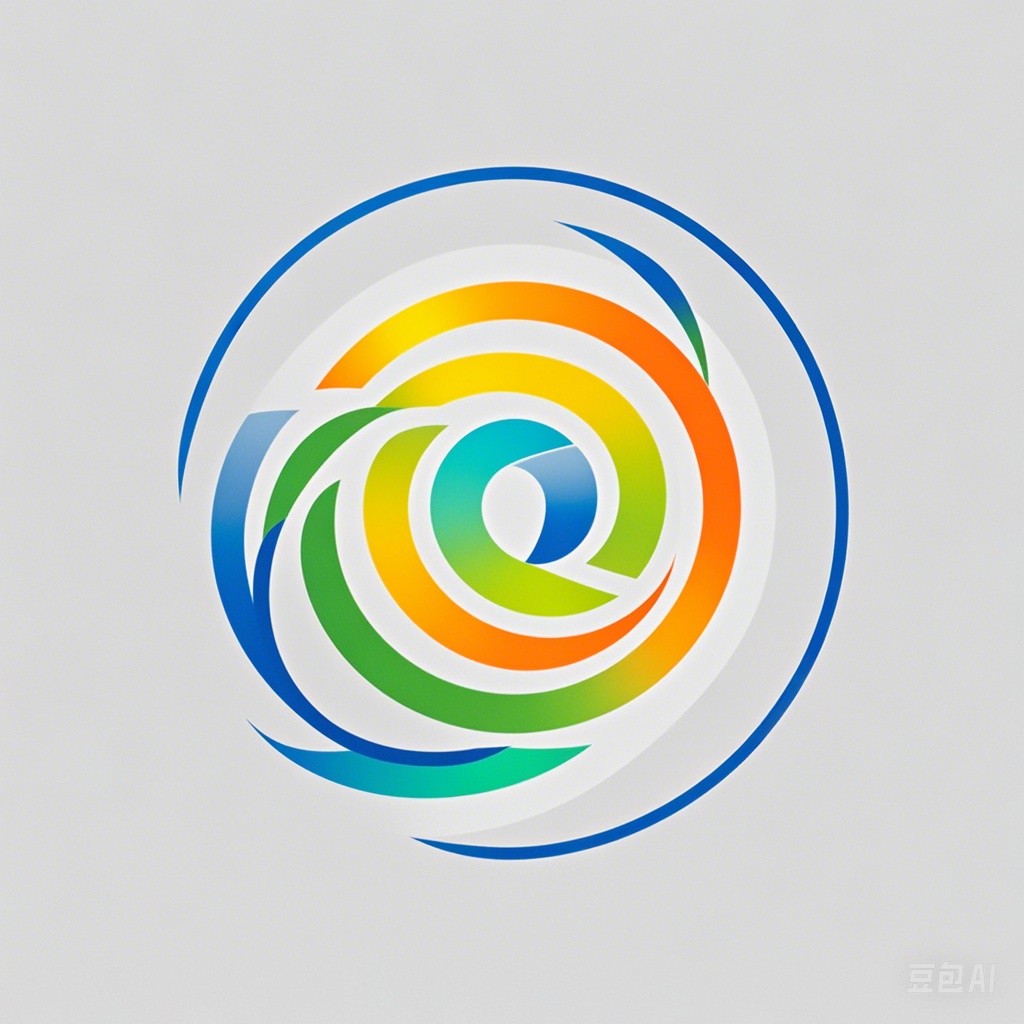In the realm of design, art, and culture, the term “innovative aesthetics” refers to a style or approach that is characterized by new, original, and often groundbreaking elements. It is a concept that combines creativity with a forward-thinking mindset, aiming to push the boundaries of what is considered conventional or traditional in terms of visual appeal and artistic expression.
Defining Aesthetics
To understand “innovative aesthetics,” it’s important to first define the term “aesthetics.” Aesthetics is the branch of philosophy that deals with the nature of beauty, art, and taste, and with the creation and appreciation of beauty. It is concerned with the principles underlying the aesthetic qualities of things and the standards of taste.
Innovative in Context
When we add the word “innovative” to aesthetics, we are emphasizing the element of novelty and originality. Here are some key aspects of innovative aesthetics:
Originality: Innovative aesthetics often involve original ideas that have not been seen before. This can be in the form of new techniques, materials, or concepts that challenge the status quo.
Boldness: The term suggests a degree of boldness, where the creator is not afraid to take risks and experiment with new ideas.
Functionality: While innovative aesthetics may prioritize visual impact, they also consider the functionality and purpose of the object or space they are designing.
Contextual Relevance: Innovative aesthetics are not just about being new for the sake of it; they are often grounded in the cultural, social, and historical context of the time.
Examples of Innovative Aesthetics
Art and Design: An artist like Yayoi Kusama is known for her innovative aesthetics, which blend surrealism with contemporary art to create immersive experiences that challenge viewers’ perceptions.
Architecture: The work of architects like Zaha Hadid or Frank Gehry showcases innovative aesthetics through their use of fluid forms and unconventional materials.
Fashion: Designers like Alexander McQueen have pushed the boundaries of fashion aesthetics with their avant-garde collections, incorporating elements of drama and narrative into their designs.
Technology: In the tech industry, innovative aesthetics can be seen in the design of products that are not only functional but also visually striking, such as the sleek, minimalist designs of Apple products.
Conclusion
In summary, “innovative aesthetics” in English refers to a style or approach that is characterized by originality, boldness, and a willingness to challenge traditional norms. It is a testament to the power of creativity and the endless possibilities for artistic expression. Whether in art, design, fashion, or technology, innovative aesthetics continue to inspire and captivate audiences worldwide.
